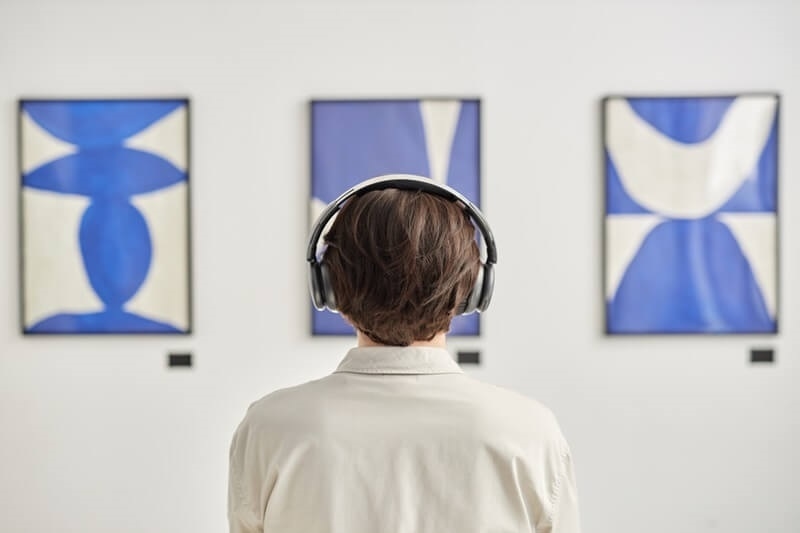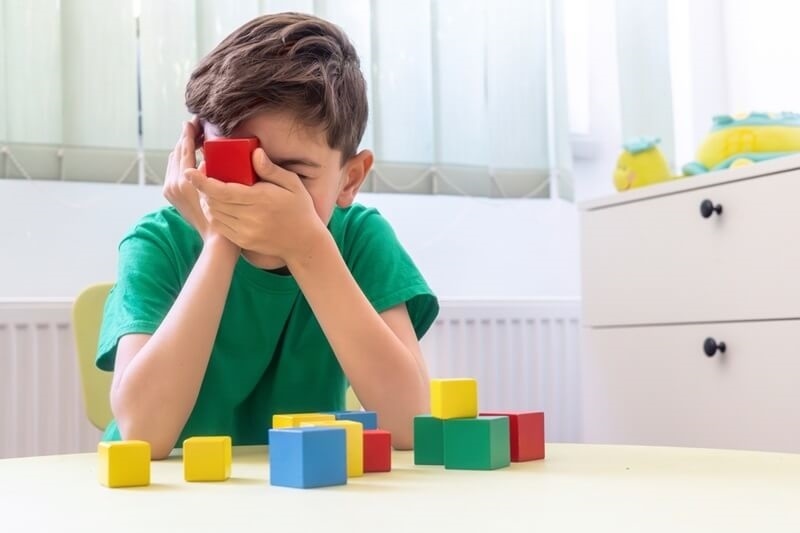
When a child sounds out their first word, it’s more than just a cute milestone. It’s a breakthrough. It’s the beginning of unlocking stories, signs, and even the world around them. But here’s the thing—not every child gets there at the same pace or in the same way. And honestly? That’s okay. Because learning isn’t one-size-fits-all. Some kids thrive on repetition. Others? They need movement, color, sound. That’s where multisensory learning steps in like a quiet superhero. Not flashy. Not complicated. But oh, it works.
It’s not as fancy as it sounds—promise. In fact, the multisensory learning definition is rooted in a pretty simple idea: we absorb information better when we engage more than one sense at a time. Sight. Sound. Touch. Movement. When these senses work together, our brains make stronger connections.
Still wondering what is multisensory learning? Picture a child learning the letter “A.” They don’t just look at it on a flashcard. They trace it in sand. They say the sound out loud. They watch a video of an apple falling from a tree. All those sensory inputs—visual, tactile, auditory—are feeding their understanding of that one little letter.
And that, in a nutshell, is the magic.

Let’s be honest. Teaching early literacy can feel like navigating a minefield. Some kids breeze through phonics. Others struggle with decoding even simple words. There’s no universal roadmap. That’s why the multisensory approach to learning has caught on so powerfully in literacy instruction—it meets kids where they are.
Children in the early stages of reading and writing are still making sense of sounds, shapes, and the very idea that a squiggle on paper can mean “dog” or “cat” or “I love you.” Multisensory methods reinforce those abstract concepts in ways that are... well, concrete.
Have you ever seen a child clap their hands while saying each syllable in a word? That’s multisensory. Or write letters in shaving cream? Also multisensory. These aren’t just fun and games (though they are fun). They’re proven learning techniques that create real neurological pathways.
Here’s where it gets even more interesting. Neuroscience backs this up.
When learners use multiple senses simultaneously, more areas of the brain light up. That means more engagement. More memory retention. More “Aha!” moments. Using movement and rhythm helps lock in phonological awareness. Seeing and hearing letters at the same time reinforces symbol-sound relationships. Tactile engagement helps anchor spelling patterns in long-term memory.
And for kids with learning differences—dyslexia, ADHD, processing issues—this isn’t just helpful. It’s transformative.
Let’s flip that.
Have you ever tried learning a dance by only reading the instructions? No video. No mirror. No music. Sounds ridiculous, right?
Reading is the same for many children. Asking them to sit still and memorize phonics rules without interacting with them in a physical or emotional way is like handing someone a map with no compass. You might get there eventually. But it’s a struggle. The benefits of multisensory learning go beyond quicker understanding—they include better focus, higher motivation, and yes, joy.
Because when kids enjoy learning, they want to keep going. They begin to trust themselves. And that confidence? It spills over into every subject.
Let’s walk through some real-world, everyday multisensory learning strategies that early literacy educators and parents swear by.
Forget pencil and paper for a sec. Let kids “write” letters in sand, rice, shaving cream, finger paint, or even salt trays. The goal is to feel the shape as they say the letter name and sound. It’s messy. It’s memorable. And it absolutely works.
This isn’t just arm flailing. It’s kinesthetic reinforcement. Ask a child to “draw” the letter in the air with their whole arm while chanting the sound it makes. The exaggerated movement supports muscle memory—and yes, helps with handwriting later on.
On A Similar Note: Digital vs. Print: What's Better for Research Book Reading?
Clap syllables. Tap out sounds with a drum. Stomp feet to match onset and rime patterns. Rhythm helps organize sounds and makes phonemic awareness feel like a game instead of a chore.
Color enhances visual processing. Use different colored markers or tiles to break apart sounds in words. For instance, “cat” might be C (red), A (blue), T (green). Visual learners love this one.
Want a child to remember the sound “sh”? Hand them a toy shark while you whisper the sound together. They’ll never forget it. The combo of touch, sound, and story creates a strong anchor.
Read books aloud with voice variation, props, sound effects, and acting. Then ask kids to retell the story using their own illustrations or puppets. This deepens comprehension through multiple pathways.
Montessori classrooms have used multisensory elements for over a century. Orton-Gillingham—the gold standard for dyslexia interventions—relies heavily on this approach. But only in the last decade has mainstream education begun embracing it as a go-to rather than a last resort.
Why the shift? Because it works for everyone. It isn’t just for “struggling” readers. Neurotypical kids benefit, too. When educators start applying a multisensory approach to learning, literacy instruction becomes more inclusive, more accessible, and yes—more effective.
Ask any teacher who’s switched to multisensory methods and you’ll hear it: better engagement. Fewer tears. More “lightbulb” moments.
Parents notice too. Kids come home talking about “rainbow writing” or pretending to be letters with their bodies. They become excited about reading. And that excitement is contagious.
No one is saying you need to replace all worksheets with finger paint. But blending the sensory with the cognitive? That’s where the real magic happens.
Trends come and go in education. But multisensory learning isn’t a gimmick. It’s a research-backed, time-tested methodology that’s finally being recognized as essential—not extra.
Sure, it may take a little more prep. And yeah, the clean-up after a glitter-based phonics lesson might test your patience. But the long-term gains? Worth it. Every time.
Kids don’t all learn the same way. They never have. They never will.
Trying to teach literacy with a one-dimensional approach is like trying to build a house with one tool. Can you do it? Maybe. But wouldn’t it be easier (and a lot more fun) with a full toolbox?
That’s what multisensory learning gives us—a flexible, dynamic toolkit. One that lets kids see, touch, move, hear, and feel their way into literacy. One that doesn’t just teach reading and writing but builds confidence and curiosity along the way.
Also Read: How to Stay Motivated During Long-Term Exam Preparation?
So next time someone asks about multisensory learning, don’t overthink it. Just say this: it’s how kids really learn.
If a child learns best by clapping, singing, painting, or stomping their way through the alphabet—why stop them?
They’re not “off task.” They’re learning in a way that sticks.
And isn’t that the point?
This content was created by AI